
7 Ways to Use Your Extra Kefir Grains
Kefir Grains
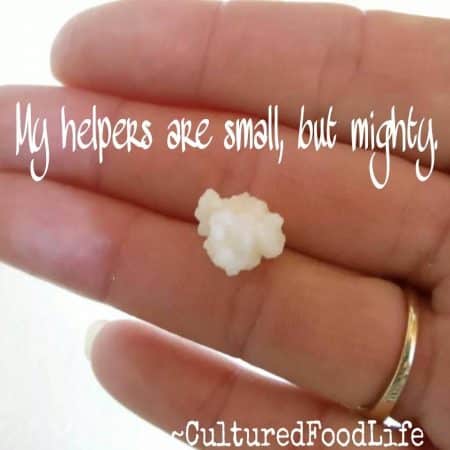 I love my kefir grains and they love me. It's true! We've been in a long relationship for over twenty years and they never cease to amaze me with everything they can do. Kefir grains themselves are made up of many different species of bacteria and yeasts. Within the cell walls of the grains are cellulose microfibrils which are embedded in a polysaccharide matrix consisting of proteins. That's a lot of complicated words, but kefir grains are multi-complex microorganisms. They are mostly fiber and proteins made from milk caseins and I do love them for all they've done for me.
I love my kefir grains and they love me. It's true! We've been in a long relationship for over twenty years and they never cease to amaze me with everything they can do. Kefir grains themselves are made up of many different species of bacteria and yeasts. Within the cell walls of the grains are cellulose microfibrils which are embedded in a polysaccharide matrix consisting of proteins. That's a lot of complicated words, but kefir grains are multi-complex microorganisms. They are mostly fiber and proteins made from milk caseins and I do love them for all they've done for me.
Can You Eat Them?
Yes, and they have a lot of wonderful properties including minerals such as calcium and phosphorous. Kefiran is one such property that abides on the surface of kefir grains and this is what makes them gooey. Kefiran is an insoluble polysaccharide constructed of galactose and glucose. It is produced by certain microbes, such as Lactobacillus brevis, and other lactobacillus species.
Studies on Kefir Grains
There are many studies showing the beneficial properties of kefiran such as anti-tumor, anti-fungal, anti-inflammatory,[1,2] anti-obesity,[3]and it even has healing abilities for wounds.[4] More studies done on kefiran showed that it significantly suppressed the increase of blood pressure and reduced the serum cholesterol levels in rats and significantly reduced constipation. They stated that "these results suggest that kefiran could be used as a functional food to prevent some commonly occurring diseases."[5]
One study found that kefir grains actually have fewer probiotics than the finished milk kefir. Kefir grains are higher in good yeasts than bacteria but not by much. You need good yeasts, too, to keep you in balance. During fermentation, it seems that the bacteria become more dominant over the yeast. However, in this study they admit that it is difficult to find the exact numbers of probiotics in the grains due to the complex polysaccharide matrix structure.
Do You Have Too Many Kefir Grains?
So if you get too many, which you will if you make kefir every day, don't throw them out! I have seven ways to enjoy them and you'll receive the benefits from these little powerhouses.
If you want to eat your kefir grains, they actually taste pretty good. It's the gummy texture that is off-putting to most people, so I have recipes for that. Don't throw out your kefir grains - they're good for you and have so many benefits that you'll want to reap. Gotta love your kefir grains! They're the cultured food with the most probiotics and most benefits. I've enjoyed these benefits for over two decades and I'm not quitting now.
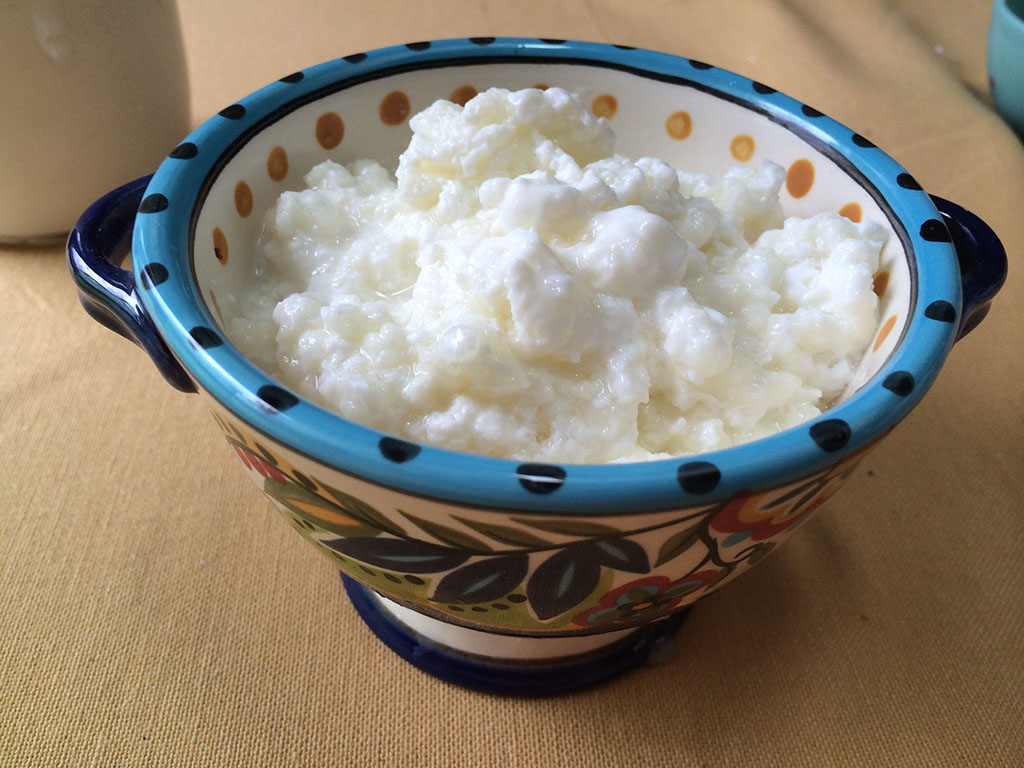
7 Ways to Use Your Extra Kefir Grains
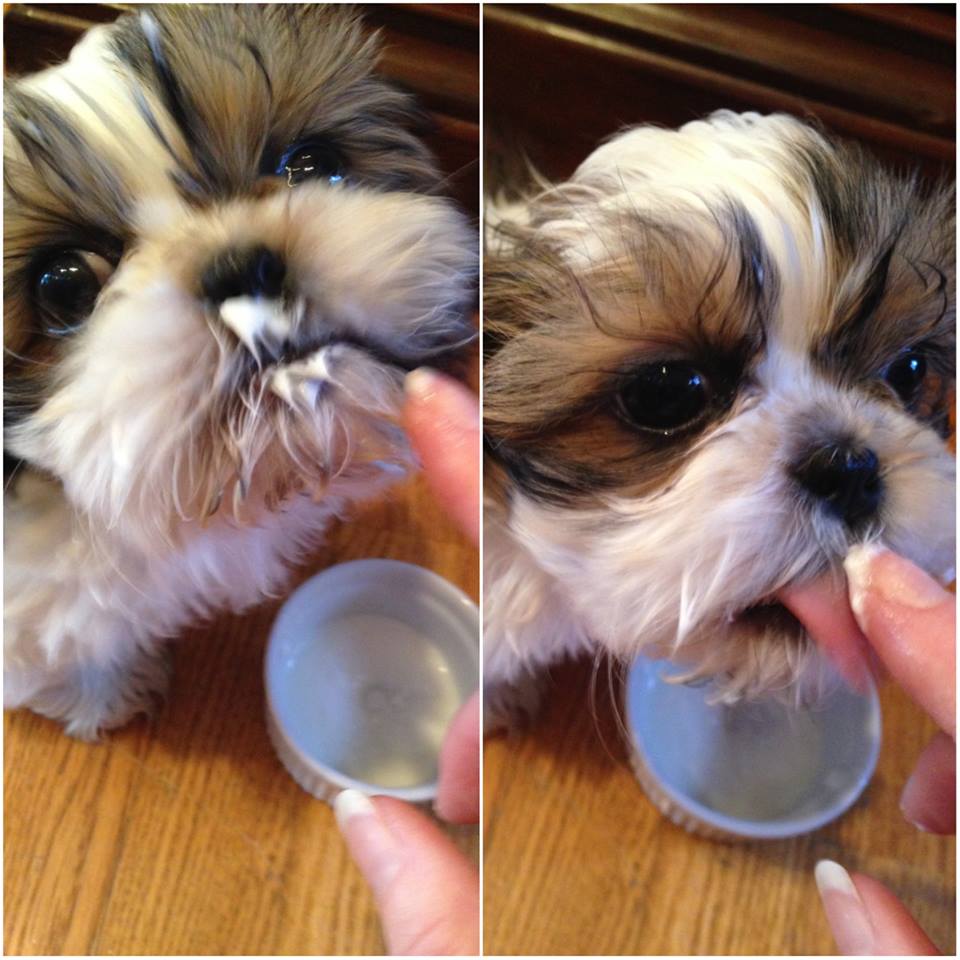
Feed Them to Your Pets
Feed them to your pets (cows, goats, chickens, cats, and dogs!)
We love seeing the hundreds of emails from our subscribers who give their pets not only their kefir but their extra kefir grains! Most pets love them but if yours isn't into it, you can sneak them into their regular food or with something special they enjoy.
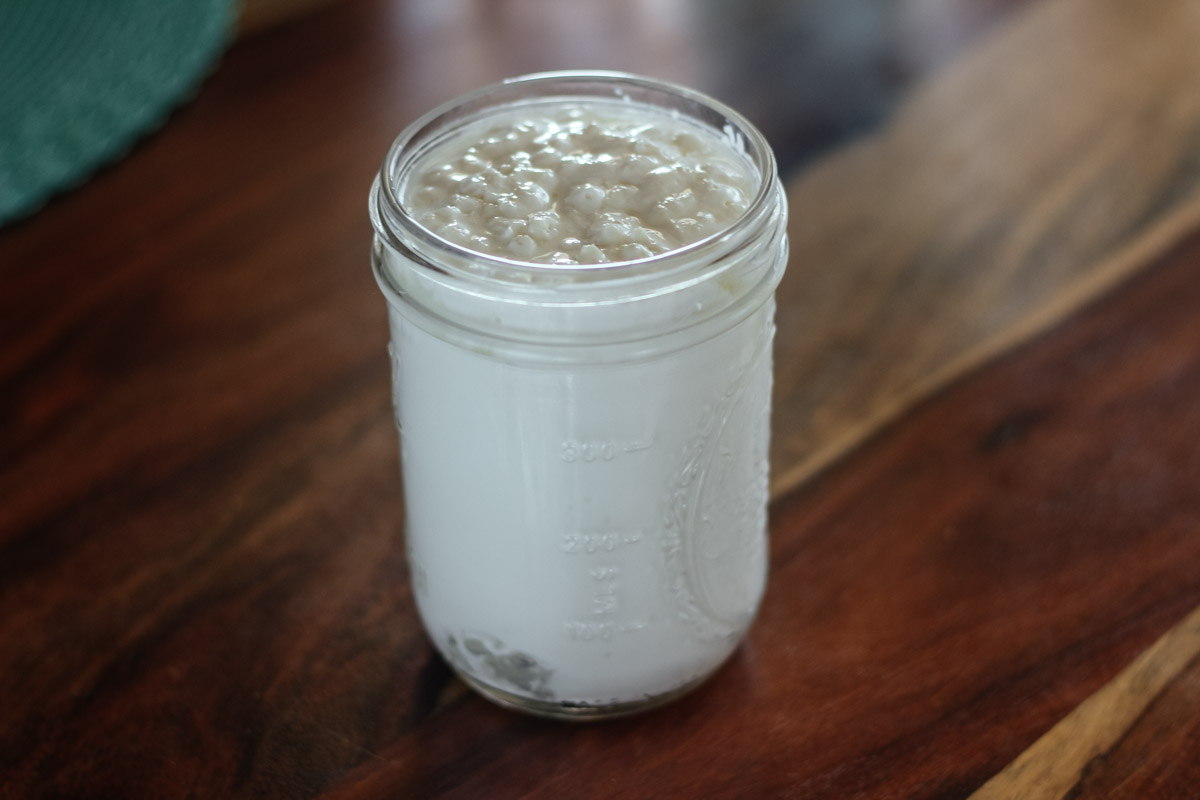
Share the Grains
Give your kefir grains to friends! I've even wrapped them up as a gift. I've placed a ribbon around the jar to give to people who are asking for kefir. Share the love (and bacteria). Your friends will thank you. 💝
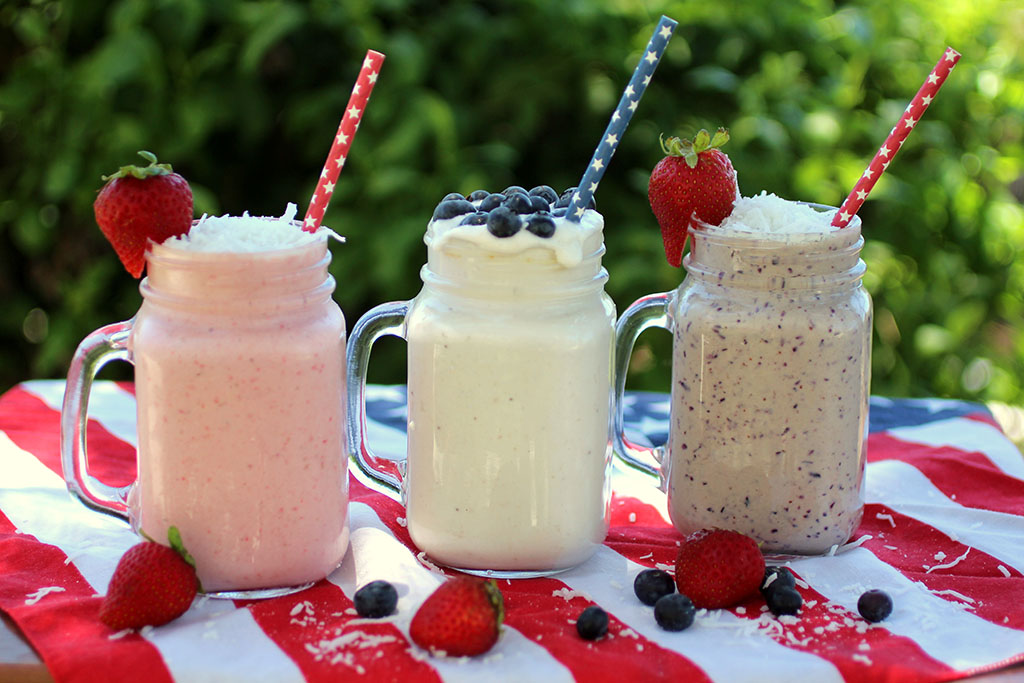
Kefir Grain Smoothie
Add them to a smoothie! This is one of my favorite ways to reuse kefir grains. Blended up in a blender, you'll never know they're there. I've been doing this for years and no one in my house is the wiser. Here is a recipe.
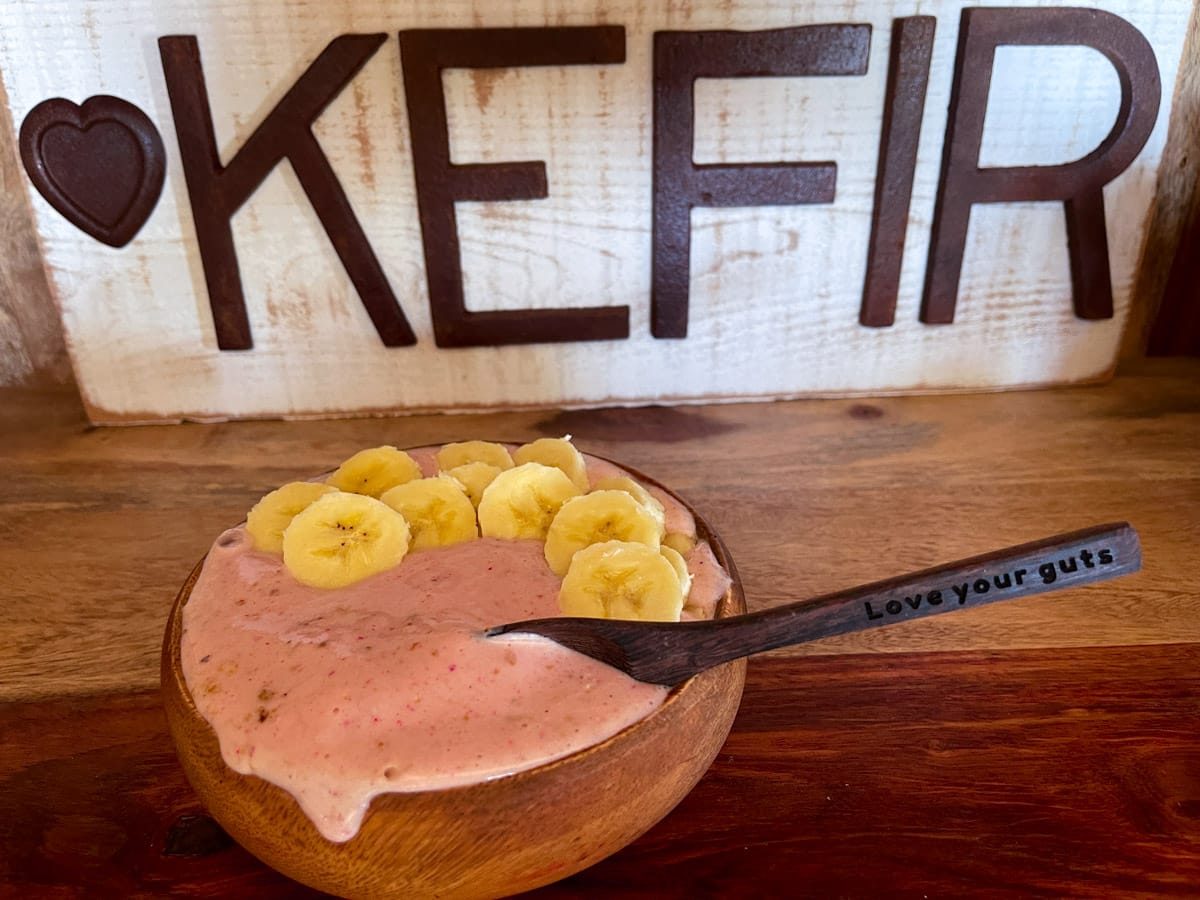
Kefir Grain Smoothie Bowl
Here is another way to use your kefir grains. This is similar to a smoothie but has more fruit so you can eat it with a spoon! I have this at least three times a week and I never tire of it. You'll never know it has kefir grains.
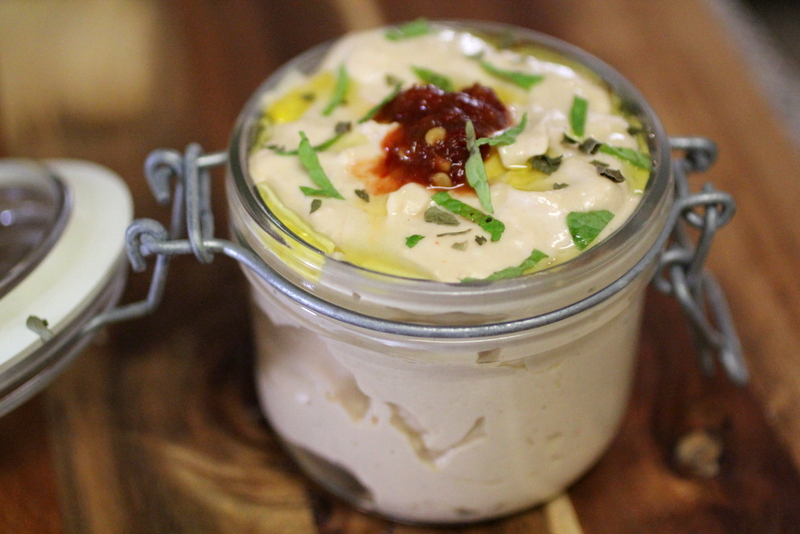
Kefir Grain Dips
I have a lot of kefir dips on my website and you can blend up kefir grains in any of them. Here is one that has both probiotics and prebiotics! Beans and tahini are prebiotics and the fermented garlic and kefir grains are probiotic! Double the benefits!
Be on the lookout in August for a new Cultured Dip eBook for Biotic Pro Members. 📚 We have over 40 dip recipes.
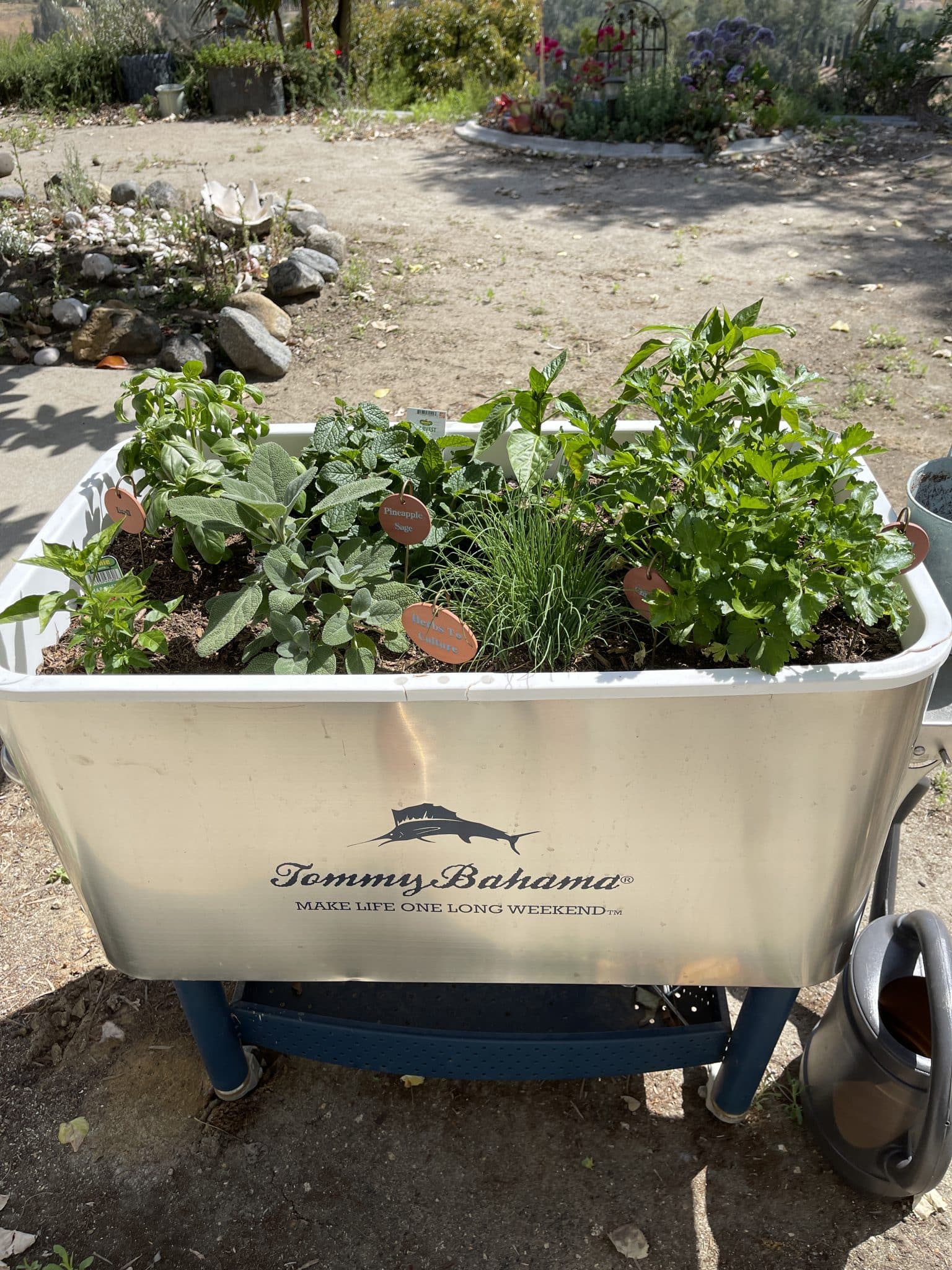
Add Them To Your Compost 🌱🌱🌱
If you don't want to eat them, you can always add them to your compost pile. It will love all the extra bacteria that will break down the components with ease and efficiently. These bacteria will improve your soil for your garden. Microbes are essential to soil and the microbes will help convert nitrogen to an edible source for your plants and your plants will love it!
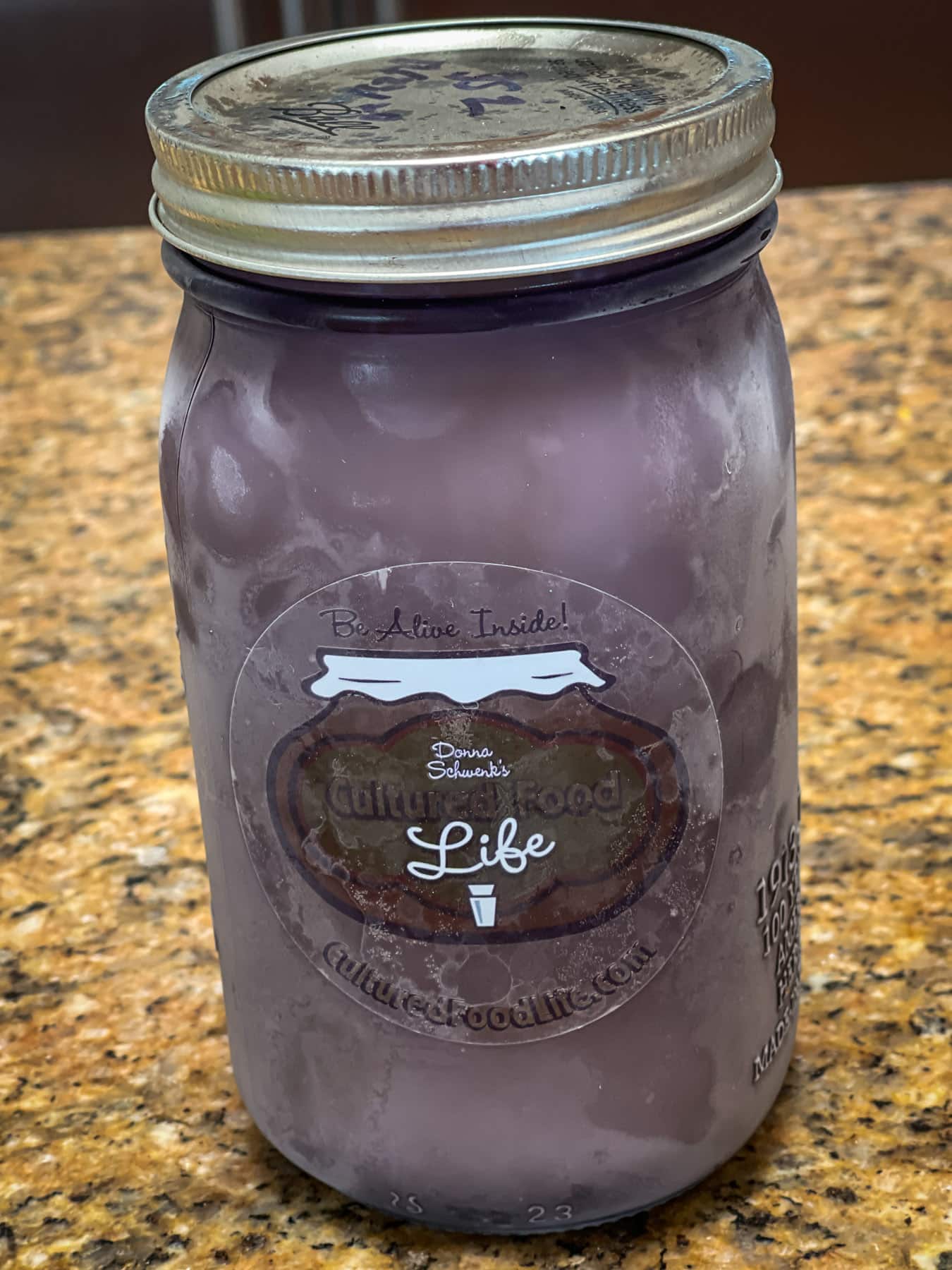
Freeze Your Extra Kefir Grains
To freeze your kefir grains, place them in a jar in the amount of milk you regularly use, leaving a little room at the top for expansion when it freezes. Store in a glass or food-grade plastic jar with a lid and place in the freezer. Leave the lid a little loose until it freezes and then screw the lid on tighter. You can store this for several months or up to a year if you have a lot of grains. However, you will have fewer grains when you recover them the longer you freeze them, but they do come back and grow again. They will take a little while to wake up when you remove them from the freezer. Once they thaw, strain them and give them fresh milk After a few days of making kefir, they should be fine. You will need to discard the milk they were stored in. Freezing kefir grains should only be done once in a while. Freezing and thawing them continuously can diminish or kill them, but once or twice a year should be fine. When you thaw them, add a scoop of Prebio Plus to help them wake up. It may take longer than 24 hours to culture the first time with the added food from the Prebio Plus but this product will make a big difference in how they perform.
Listen To My Podcast
Kefir grains themselves are made up of many different species of bacteria and yeasts. Within the cell walls of the grains are cellulose microfibrils which are embedded in a polysaccharide matrix consisting of proteins. That's a lot of complicated words, but kefir grains are multi-complex microorganisms. They are mostly fiber and proteins made from milk caseins and I do love them for all they've done for me. Can You Eat Them? Tune in to learn more.
References:
- https://www.ncbi.nlm.nih.gov/pmc/articles/PMC4626640/
- https://www.sciencedirect.com/science/article/abs/pii/S0924857905000543
- https://pubmed.ncbi.nlm.nih.gov/29084388/
- https://www.sciencedirect.com/science/article/abs/pii/S0305417911003536
- https://iubmb.onlinelibrary.wiley.com/doi/abs/10.1002/biof.5520220141
Are you on the list?
Sign up today and I'll send you my free Getting Started Guide!
Each week I'll send you updates, tips, recipes, and more! You might even be a winner of my weekly giveaway! (starter cultures, memberships, and more!)
Come be a part of my cultured food family!


